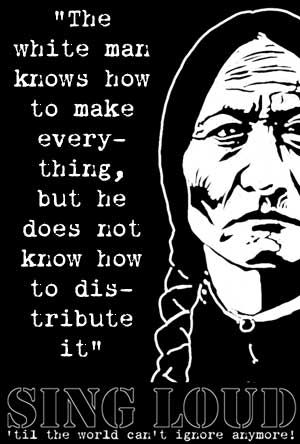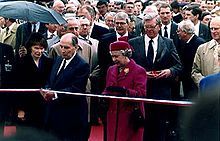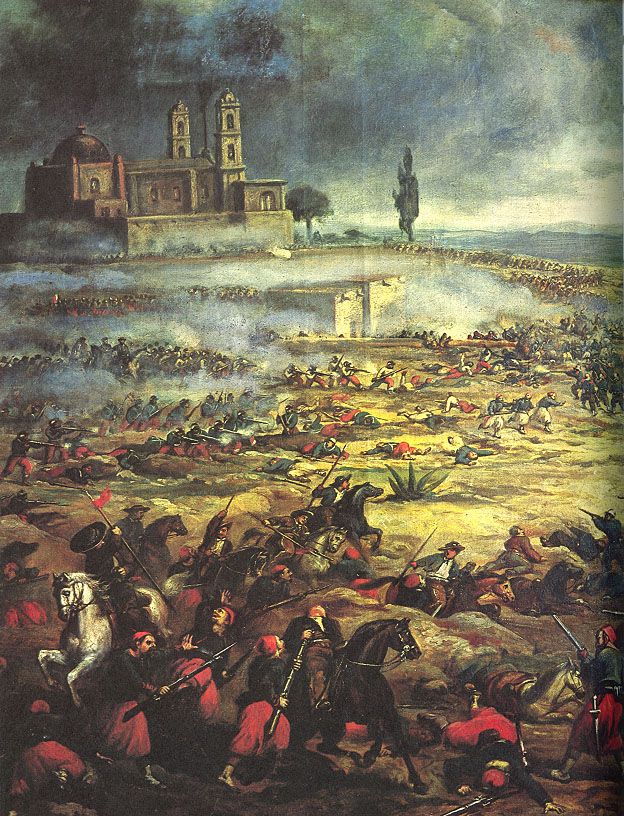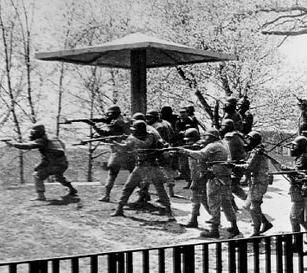This is your morning Open Thread. Pour your favorite beverage and review the past and comment on the future.
Find the past “On This Day in History” here.
Click on images to enlarge
May 10 is the 130th day of the year (131st in leap years) in the Gregorian calendar. There are 235 days remaining until the end of the year.
On this day in 1869, the presidents of the Union Pacific and Central Pacific railroads meet in Promontory, Utah, and drive a ceremonial last spike into a rail line that connects their railroads. This made transcontinental railroad travel possible for the first time in U.S. history. No longer would western-bound travelers need to take the long and dangerous journey by wagon train, and the West would surely lose some of its wild charm with the new connection to the civilized East.
Since at least 1832, both Eastern and frontier statesmen realized a need to connect the two coasts. It was not until 1853, though, that Congress appropriated funds to survey several routes for the transcontinental railroad. The actual building of the railroad would have to wait even longer, as North-South tensions prevented Congress from reaching an agreement on where the line would begin.
The Union Pacific laid 1,087 miles (1,749 km) of track, starting in Council Bluffs, and continuing across the Missouri River and through Nebraska (Elkhorn, now Omaha, Grand Island, North Platte, Ogallala, Sidney, Nebraska), the Colorado Territory (Julesburg), the Wyoming Territory (Cheyenne, Laramie, Green River, Evanston), the Utah Territory (Ogden, Brigham City, Corinne), and connecting with the Central Pacific at Promontory Summit. The route did not pass through the two biggest cities in the Great American Desert — Denver, Colorado and Salt Lake City, Utah. Feeder lines were built to service the two cities.
The Central Pacific laid 690 miles (1,100 km) of track, starting in Sacramento, California, and continuing over the Sierra Nevada mountains into Nevada. It passed through Newcastle, California and Truckee, California, Reno, Nevada, Wadsworth, Winnemucca, Battle Mountain, Elko, and Wells, Nevada, before connecting with the Union Pacific line at Promontory Summit in the Utah Territory. Later, the western part of the route was extended to the Alameda Terminal in Alameda, California, and shortly thereafter, to the Oakland Long Wharf at Oakland Point in Oakland, California. When the eastern end of the CPRR was extended to Ogden, it ended the short period of a boom town for Promontory. Before the CPRR was completed, developers were building other railroads in Nevada and California to connect to it.
At first, the Union Pacific was not directly connected to the Eastern U.S. rail network. Instead, trains had to be ferried across the Missouri River. In 1873, the Union Pacific Missouri River Bridge opened and directly connected the East and West.
Modern-day Interstate 80 closely follows the path of the railroad, with one exception. Between Echo, Utah and Wells, Nevada, Interstate 80 passes through the larger Salt Lake City and passes along the south shore of the Great Salt Lake. The Railroad had blasted and tunneled its way down the Weber River canyon to Ogden and around the north shore of the Great Salt Lake (roughly paralleling modern Interstate 84 and State Route 30). While routing the railroad along the Weber River, Mormon workers signed the Thousand Mile Tree, to commemorate the milestone. A historic marker has been placed there. The portion of the railroad around the north shore of the lake is no longer intact. In 1904, the Lucin Cutoff, a causeway across the center of the Great Salt Lake, shortened the route by approximately 43 miles (69 km), traversing Promontory Point instead of Promontory Summit.




 On this day in 1973,
On this day in 1973, 



 On this day in 1970,
On this day in 1970,
Recent Comments